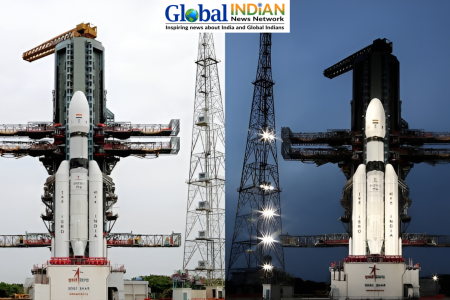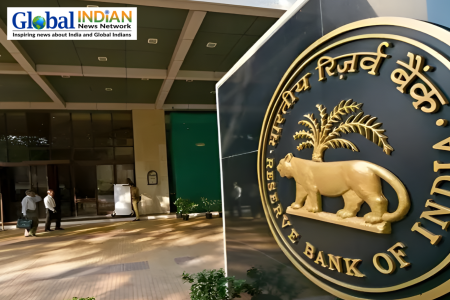 A recent report by a rating agency suggests that two-wheeler sales are poised for substantial growth between 2023 and 2028, outpacing all other automobile categories, as per the Times of India (TOI). The expected expansion is projected to yield a compounded annual growth rate (CAGR) ranging from 9-11%, resulting in an estimated total of 25.9 million to 26.1 million two-wheelers sold during this period.
A recent report by a rating agency suggests that two-wheeler sales are poised for substantial growth between 2023 and 2028, outpacing all other automobile categories, as per the Times of India (TOI). The expected expansion is projected to yield a compounded annual growth rate (CAGR) ranging from 9-11%, resulting in an estimated total of 25.9 million to 26.1 million two-wheelers sold during this period.
The report foresees a near doubling of sales to 30.7-30.9 million units by FY32, compared to 16.3 million units in FY23. This surge in sales is attributed to increasing income levels, favorable consumer sentiments, and a growing demand for personal mobility.
In the larger context, it’s projected that the number of two-wheelers sold per 1,000 people will rise from 121 in FY23 to 136-140 in FY28 and further to 150-154 in FY32.
The report also indicates that sales of passenger cars are expected to exhibit a CAGR of 5-7% from FY23 to FY28, amounting to 5.2-5.4 million units. Subsequently, between FY28 and FY32, sales are anticipated to increase at a somewhat slower CAGR of 4-6%, reaching 6.2-6.4 million units.
Several factors contribute to this projected growth, including improved financing options, enhanced road infrastructure, rising consumer incomes, strong order backlogs for automobile companies, resolution of supply-chain issues for auto original equipment manufacturers (OEMs), and the anticipated impact of new model introductions. Consequently, it’s expected that the number of passenger vehicles (PVs) sold per 1,000 individuals will increase from 25 in FY23 to 32-36 in FY28 and further to 35-39 in FY32.
According to Crisil, India is set to invest approximately Rs. 143 lakh crore (US$ 1.72 trillion) in infrastructure over seven fiscal years until 2030, more than double the amount spent during the preceding seven years, starting from FY17. This investment includes substantial green initiatives, totaling Rs. 36.6 lakh crore (US$ 440 billion), which is five times more than in the period from FY17 to FY23.












